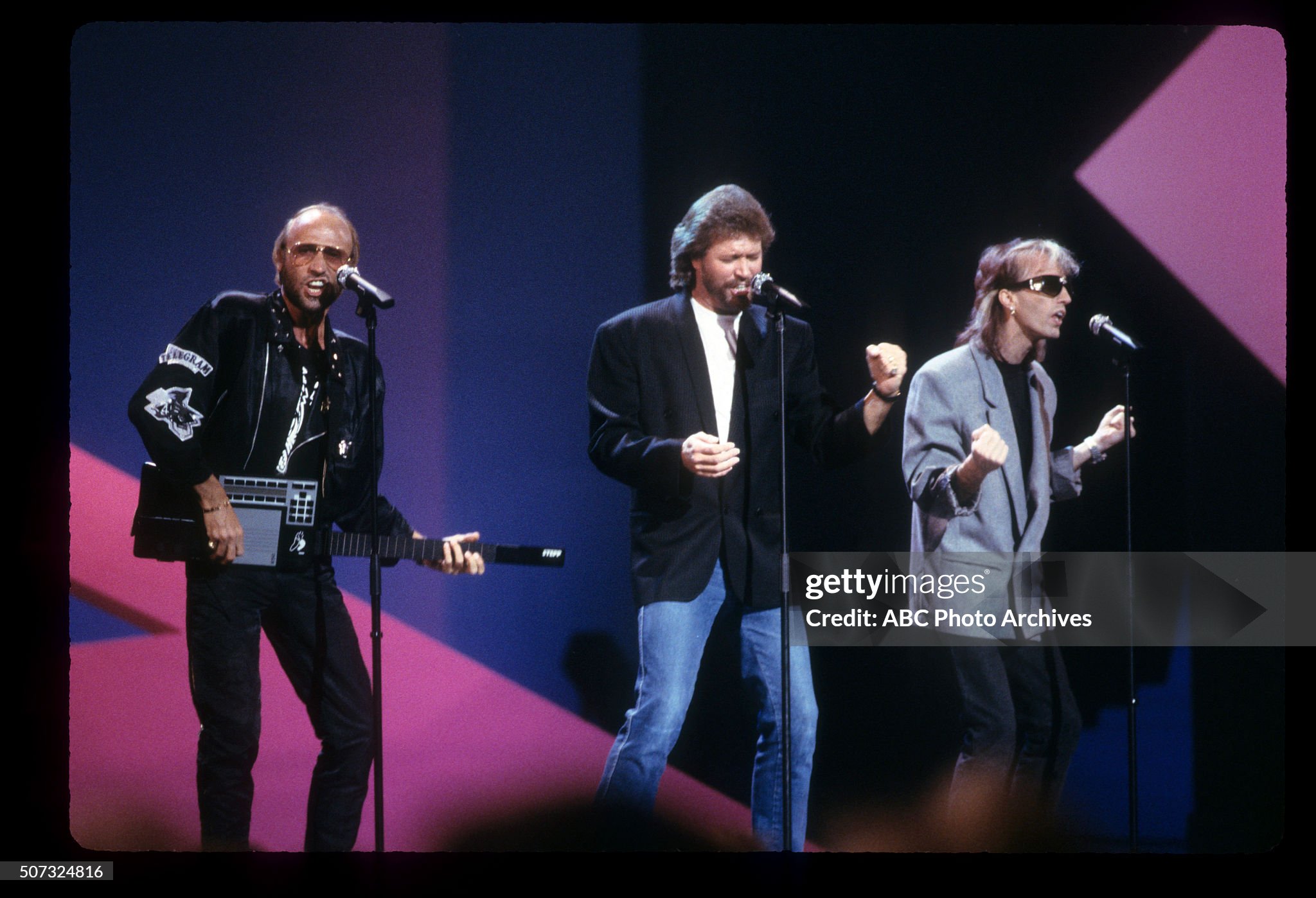
The Glitter and Grit of Fame Beneath the Neon Glow
When “Nights on Broadway” was released in 1975, it became one of the defining moments in the evolving sound of the Bee Gees, reaching No. 7 on the Billboard Hot 100 and securing their status as masters of reinvention. Featured on their album “Main Course,” the song marked a bold new chapter for the group—one guided by producer Arif Mardin’s sophisticated touch and a fresh embrace of rhythmic vitality. It stood at the crossroads between the soulful pop craftsmanship that had carried them through the late ’60s and the sleek, groove-driven pulse that would soon dominate their late-’70s output.
At its heart, “Nights on Broadway” is a song about yearning—about the emotional theater of love, loss, and survival under the electric intensity of city life. Barry, Robin, and Maurice Gibb poured into it the ache of ambition and the vulnerability that lingers behind glamour’s façade. The title evokes both literal and metaphorical stages: Broadway as a physical space of performance, but also as a symbol for the constant human act of pretending—of keeping one’s heartbreak elegantly lit even when the curtain has fallen.
The creative spark behind this transformation came from Arif Mardin’s encouragement to push boundaries. In those sessions at Criteria Studios in Miami, Mardin coaxed Barry Gibb to experiment vocally—to move beyond his natural tenor into what would become his signature falsetto. That shimmering high register first shimmered into prominence here, not yet fully unleashed but already transforming the Bee Gees’ sonic identity. It lent “Nights on Broadway” an almost feverish sensuality, layering urgency atop melancholy—a sound that felt both intimate and cinematic.
Musically, the track glides with a supple groove built on rhythmic bass lines and subtle funk inflections. Its arrangement bridges soft rock sensibility with nascent disco sophistication: piano stabs punctuate emotional crescendos while guitar lines shimmer like reflections in rain-soaked asphalt. Every instrumental choice seems to mirror its lyrical duality—the tension between vulnerability and display, between private emotion and public spectacle.
Lyrically, “Nights on Broadway” tells a story both personal and universal: an individual confronting rejection under the indifferent dazzle of nightlife. The narrator becomes a phantom haunting old haunts, chasing echoes of love through crowded rooms where desire and illusion intertwine. In many ways, it captures what the mid-1970s felt like for artists caught between sincerity and stardom—a time when fame demanded not just performance but perpetual reinvention.
Looking back, “Nights on Broadway” stands as a hinge in the Bee Gees’ legacy—a song that fused their impeccable melodic instincts with a new rhythmic sophistication that would soon make them global icons of dance-floor confessionals. Beneath its polished production lies something raw and enduring: an acknowledgment that behind every glittering stage light flickers a very human longing to be seen, to be heard, to be loved—even when the night never truly ends.